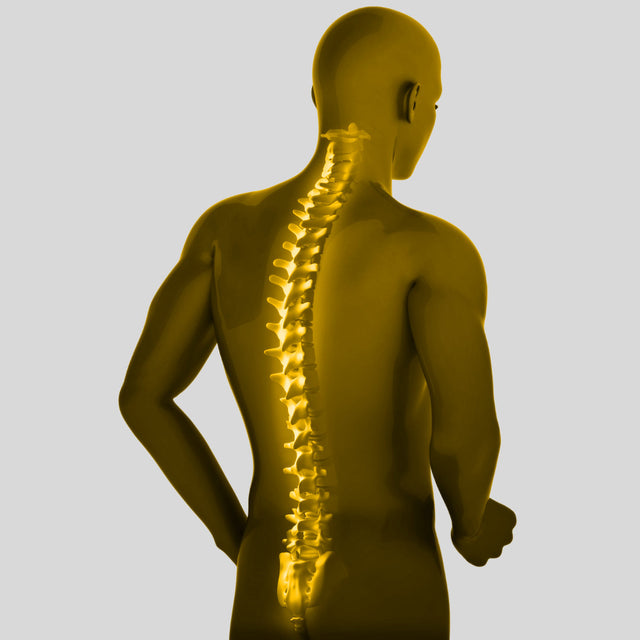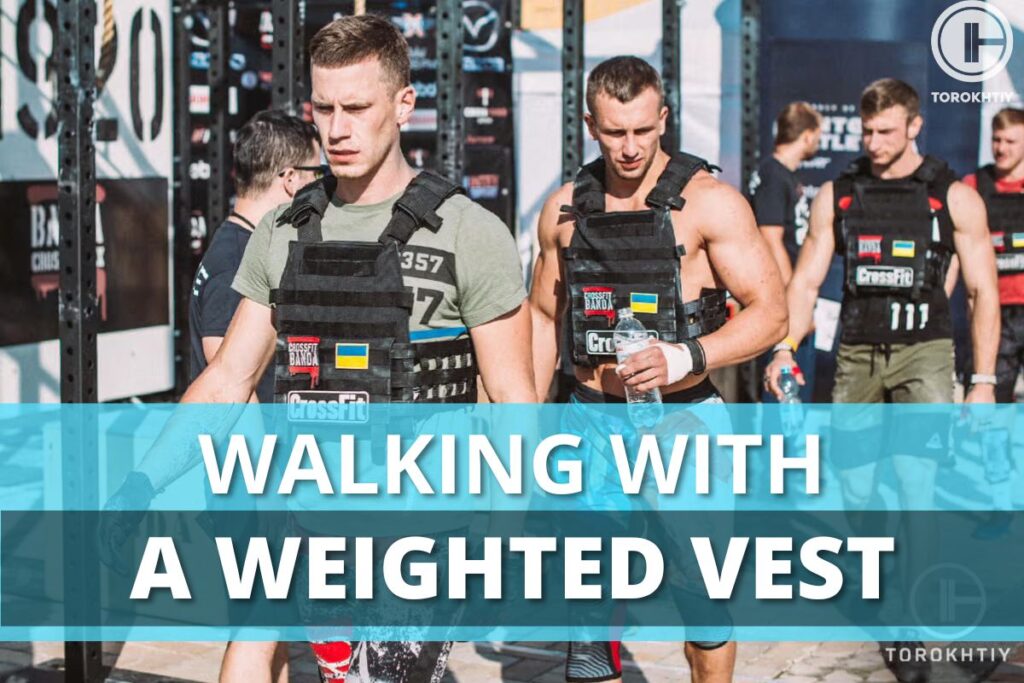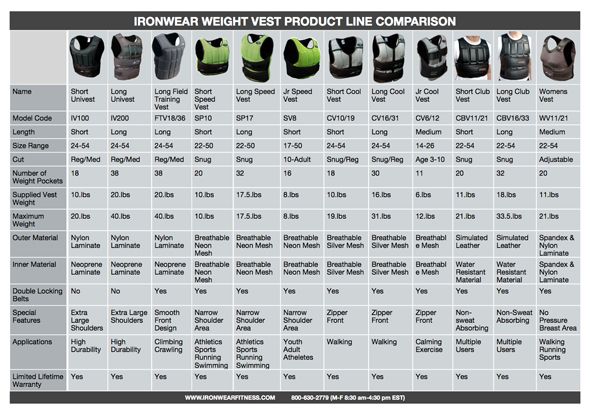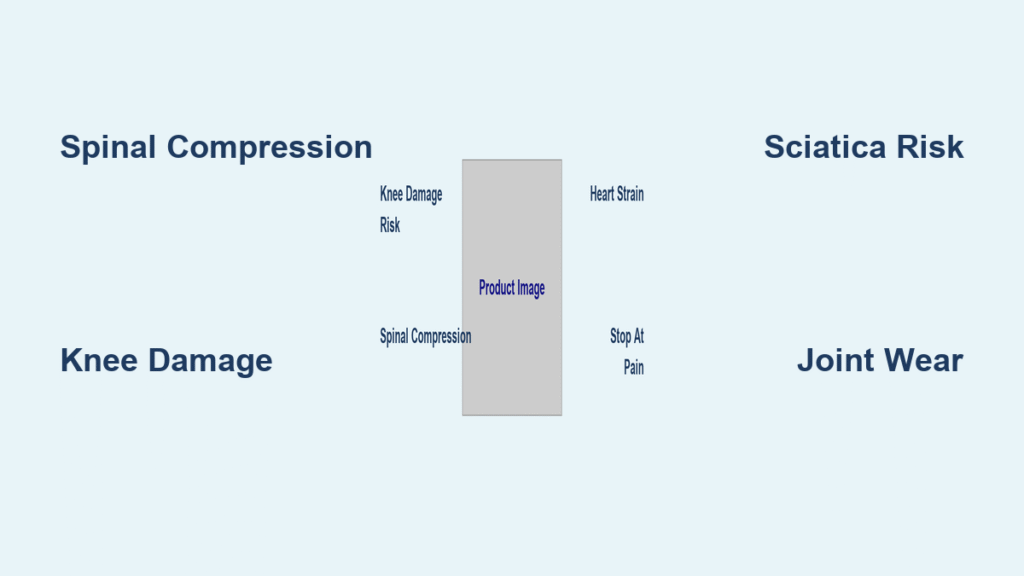That extra weight you’re adding to your walks might be silently destroying your joints. Thousands of fitness enthusiasts strap on weighted vests daily, chasing faster results—only to find themselves sidelined by chronic pain months later. The harsh reality? Walking with a weighted vest creates forces your body never evolved to handle, multiplying joint stress with every step you take.
Manufacturers tout calorie-burning benefits while conveniently omitting the long-term damage statistics. As a physical therapist who’s treated dozens of weighted vest injuries, I’ve seen how that innocent 10-pound vest can trigger irreversible joint damage. This isn’t fearmongering—it’s documented biomechanics. Before you lace up for your next weighted walk, understanding these risks could save you years of physical therapy.
Spinal Compression That Crushes Discs

How Weighted Vests Destroy Intervertebral Discs
Your spine’s shock-absorbing discs weren’t designed to handle constant downward pressure from added weight. When you walk with a 15-pound vest, your lumbar region experiences forces equivalent to carrying a toddler on your shoulders for miles. This relentless compression squeezes precious fluid from your discs, accelerating degeneration that often doesn’t surface until years later.
The danger multiplies when you consider walking’s repetitive nature—2,000 to 12,000 steps per session means thousands of micro-traumas to spinal structures. Unlike muscles that repair quickly, damaged discs have limited blood supply and heal poorly. What starts as minor stiffness can progress to herniation when the weakened disc wall finally gives way under load.
Immediate Sciatica Triggers From Poor Vest Positioning
Improperly fitted vests create dangerous spinal angles that pinch the sciatic nerve with each step. When weight pulls your shoulders forward, your lower back compensates by arching excessively—a position that narrows nerve exit points. That shooting pain down your leg isn’t just temporary discomfort; it’s your nervous system sounding a red alert.
Critical warning signs requiring immediate vest removal:
– Radiating pain from hip to foot
– Numbness in your calf or foot
– Worsening pain when sitting
– Tingling sensations during walking
Knee Destruction From Every Step You Take

The Shocking Math Behind Knee Damage

Your knees already handle 2-3 times your body weight with each step during regular walking. Add a weighted vest, and you’re suddenly subjecting these delicate joints to forces they never evolved to manage. For a 150-pound person wearing a 15-pound vest, that’s over 450 pounds of pressure on each knee impact—equivalent to jumping off a 12-inch box with every step.
This excessive load grinds down your meniscus like an overused brake pad. Unlike muscles that strengthen with use, cartilage has no nerve endings and wears silently until the damage becomes irreversible. By the time you feel pain, significant structural deterioration has already occurred.
Hip and Ankle Domino Effect
When your knees buckle under weighted stress, your hips and ankles compensate in dangerous ways. Your body instinctively alters gait to protect injured areas, creating new problems elsewhere. This kinetic chain reaction means a minor knee strain from weighted walking can trigger hip bursitis or Achilles tendonitis within weeks.
The Silent Damage Timeline Most Walkers Miss
Why You Don’t Feel Pain Until It’s Too Late
Here’s the dangerous illusion of weighted vest walking: your muscles adapt quickly while your joints lag far behind. You feel stronger after just two weeks, so you increase weight or duration—unaware that your cartilage and ligaments are silently accumulating damage. The typical progression follows this treacherous path:
- Weeks 1-2: Muscles feel challenged, slight soreness
- Weeks 3-4: Muscles adapt, you boost weight/duration
- Weeks 5-8: Joints begin protesting through stiffness
- Week 9+: Sharp pain signals serious structural damage
The 15-Minute Fatigue Threshold
Research shows your core muscles fatigue significantly after just 15 minutes of weighted walking. This isn’t just about feeling tired—it’s when your spine loses its protective muscular corset. Without this support, your posture collapses, creating dangerous spinal compression that can cause nerve impingement within minutes.
Who Should Never Wear a Weighted Vest
Absolute Medical Red Flags
Certain conditions make weighted vest walking not just risky but potentially devastating. If you have any of these, avoid weighted vests entirely:
- Spinal stenosis: Added compression narrows already-tight spinal canals
- Herniated discs: Weight can push disc material further into nerve spaces
- Osteoarthritis: Every pound accelerates cartilage breakdown
- Scoliosis: Weight magnifies spinal curvature creating asymmetric stress
Hidden Warning Signs You’re Ignoring
Even without diagnosed conditions, these symptoms demand immediate cessation:
– Morning stiffness lasting over 30 minutes
– Joint pain that worsens with prolonged standing
– Noticeable posture deterioration during walks
– Any numbness or tingling in extremities
Safe Usage Guidelines That Actually Work
The 5% Body Weight Rule (Non-Negotiable)
Start with no more than 5% of your body weight—period. For a 150-pound person, that’s a maximum of 7.5 pounds initially. This isn’t conservative; it’s the only scientifically supported starting point that minimizes injury risk. The progression timeline must look like this:
- Weeks 1-2: 5% body weight, 10-minute walks, 2x weekly
- Weeks 3-4: Same weight, 15-minute walks
- Week 5+: Only consider 7.5% body weight after professional assessment
Equipment Must-Haves That Prevent Injury

Most vest injuries stem from poor design. Your vest must feature:
– Wide, padded shoulder straps (minimum 2-inch width)
– Adjustable weight pockets for micro-progression
– Snug torso fit that eliminates bouncing
– Even front-to-back weight distribution
Immediately discard vests that:
– Shift during movement
– Have thin, unpadded straps
– Concentrate weight in front only
– Lack secure side closures
Warning Signs That Demand Immediate Action
Pain vs. Discomfort: The Critical Distinction
Normal muscle fatigue feels like a burning sensation that disappears within minutes of stopping. Warning pain feels sharp, stabbing, or creates lingering discomfort. Ignore these emergency signals at your peril:
- Stop immediately if you experience:
- Sharp, localized joint pain
- Numbness or tingling anywhere
- Sudden loss of balance
- Pain that worsens with each step
Post-Walk Recovery Red Flags
The next 24 hours reveal critical information about damage:
– Joint stiffness lasting over 2 hours
– Swelling that appears the next day
– Pain that interrupts sleep
– Decreased range of motion
Long-Term Joint Damage You Can’t Reverse
The Cumulative Damage Timeline
Unlike acute injuries that hurt immediately, weighted vest damage often accumulates silently:
- Month 1-3: Microscopic cartilage damage begins
- Month 4-6: Joint inflammation becomes chronic
- Month 7-12: Structural changes become permanent
- Year 2+: Osteoarthritis acceleration becomes irreversible
Safer Alternatives That Actually Work
Before risking joint destruction, consider these evidence-based alternatives:
– Hill walking: Natural resistance without joint overload
– Longer duration walks: Same calorie burn without added stress
– Interval training: Boost intensity safely
– Resistance bands: Variable resistance that’s joint-friendly
The Final Verdict From Medical Professionals
Physical therapists and orthopedic specialists agree: weighted vests aren’t inherently evil, but they’re precision tools requiring expertise most recreational walkers lack. The risk-to-reward ratio becomes dangerously unfavorable for anyone outside elite athletic populations. For general fitness, the consensus is clear—there are safer ways to achieve identical benefits without gambling your joint health.
Your joints have a finite number of steps they can handle in your lifetime. Every pound added to walking exponentially increases the forces they’ll endure with each step. Unless you’re under professional supervision with perfect movement patterns, the risks of walking with a weighted vest far outweigh any potential benefits. Your future self will thank you for choosing smarter, safer fitness strategies today.




